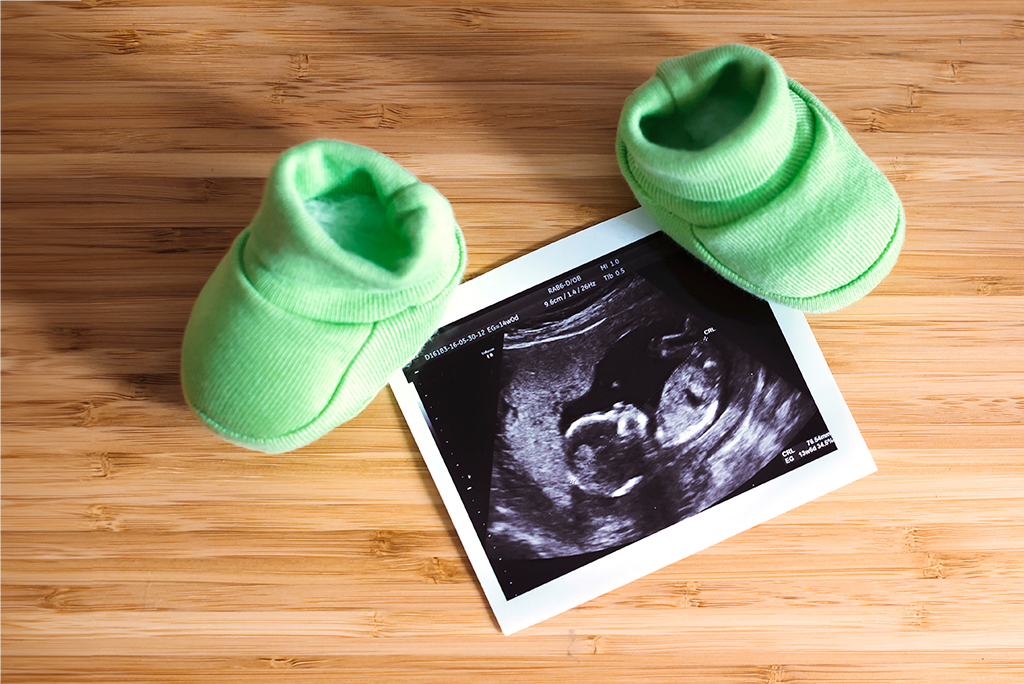
Do you know about the disorder called SMA, which has been making recent headlines? SMA, or spinal muscular atrophy, is a condition where the muscles weaken and shrink because of a disturbance in message transmission between the spinal cord and the muscles. There is no widely recognized preventative medicine. Because it is inherited, those who have a family history of motor-muscle diseases are more likely to acquire SMA and pass it on to their offspring. Let’s first examine its signs and symptoms to better understand SMA, which has a complex method of action.
What Are the Symptoms of SMA?
SMA results in the loss of spinal cord nerve cells, which prevents the muscles from carrying out their normal duties. According to the progression of the disease, SMA is categorized into five main categories.

The disease’s progression is indicated by a decrease in foetal movements, an inability to acquire developmental motor skills (such as holding the head up, sitting with support, sitting without support, standing, etc.), breathing problems, and a loss of acquired motor movements.
Type 0, the most severe type of SMA, manifests symptoms while still in the womb and progresses rapidly until delivery at the latest. In contrast, Type 1 is characterized by infants less than one year of age who are unable to meet developmental goals, such as holding their heads up straight. While types 2 and 3 first show up in infancy and childhood, type 4 can be detected in adolescence and later, and also often does not affect a person’s lifetime.
SMA does not affect a person’s sensory abilities. Patients with SMA see, hear, and feel the same as healthy people. Similarly, the cognitive activities of the person continue to function normally, and mental retardation is not observed. Finally, the condition has no negative impact on the involuntary muscles (such as blood vessels and gastrointestinal muscles).
SMA strictly affects voluntary muscles and movements, such as talking, crying, laughing, reaching out, holding on, standing, sitting, walking, and running. The loss of function of the muscles necessary for breathing and swallowing, which is present in severe SMA types, is the most perilous scenario during the course of the disease. These two factors shorten the patient’s lifespan. Looking into the disease’s mechanism of action is required in order to comprehend where these variations come from and how they affect a person’s chance of survival.
How Does SMA Develop?
SMA is an inherited disease, meaning it is passed down through lineage. The disease is caused by a defect in the survival motor neuron gene (SMN). A deletion or point mutation in the gene coding prevents the gene from being translated into a functional SMN protein. Motor neuron cells can only survive when protein is functioning correctly. Every healthy individual has two copies of the gene, one from the mother and one from the father. SMA is an autosomal recessive condition, which means that a healthy copy of the gene is enough to prevent the illness from developing. Nevertheless, when both copies are flawed, illness is inevitable.
In SMA patients, the level of SMN protein generated from the two faulty gene copies (alleles) is insufficient for motor nerve cells to survive.
While the cells die as a result, the skeletal muscle cells, which are unable to receive signals from the nerve cells, gradually weaken, shrink, lose their capacity to contract-relax, and eventually degrade. Dying cells cannot be regenerated and nerve and muscle loss occurs.

The fact that the disease does not advance in the same way in every individual is a result of the SMN gene backups, which emerged in the evolutionary process, to compensate for the defective (mutant) protein. SMA is mostly brought on by abnormalities in the SMN1 gene. The SMN2 gene is activated in the absence or inadequate levels of the highly efficient SMN1 gene. However, the SMN2 gene, which can be found in different copy numbers in the genome of individuals, is less competent than SMN1. Furthermore, because the amount of protein generated depends on the number of copies, its efficacy might not be enough in some individuals to conceal the mutant protein that causes SMA. This leads to diverse levels of compensated protein functioning and changing degrees of disease.
Could My Child Have SMA?
An infant with SMA is more likely to be born to someone who has a family history of motor-muscle abnormalities or whose child already has the condition. Even those who are healthy can carry the SMA gene. Due to the autosomal recessive nature of the disease, for example, when both parents are carriers, 1 out of every 4 babies will be born healthy, 2 will be carriers and 1 will have SMA. Not to mention, just like other hereditary disorders, SMA is more likely to occur in offspring of consanguineous marriages.
Before having a child, experts advise that people undergo genetic testing to determine if they are SMA carriers. Genetic testing is possible before pregnancy (premarital), during pregnancy (prenatal), and immediately after birth (heel prick).

Among these tests, the ones performed in the womb and after birth reveal the SMA status in the baby. However, this means the beginning of a challenging process for families, particularly in cases of severe SMA types. Contrarily, premarital tests assess a person’s carrier status and the risk of SMA for unborn children. As a result, with the advice of their doctors, people can safely plan for a family.
SMA in Globe
The average SMA rate among infants was found to be 12 babies in 100.000 livebirths in Europe, 7.5 babies in 100.000 livebirths in the USA, 14 babies in 100.000 livebirths in Germany, and 20.5 babies in 100.000 livebirths in Italy, according to studies conducted by various researchers. However, the lack of adequate diagnostic programs indicates that the number of cases, especially in the most severe type of SMA (type 0) causing miscarriage and stillbirth, may be higher than reported.
References:
https://www.nhs.uk/conditions/spinal-muscular-atrophy-sma/
https://www.nhs.uk/conditions/spinal-muscular-atrophy-sma/diagnosis/
https://www.ninds.nih.gov/health-information/disorders/spinal-muscular-atrophy
https://www.hopkinsmedicine.org/health/conditions-and-diseases/spinal-muscular-atrophy-sma
https://www.cdc.gov/nceh/dls/nsmbb_sma.html
https://www.genome.gov/Genetic-Disorders/Spinal-Muscular-Atrophy




